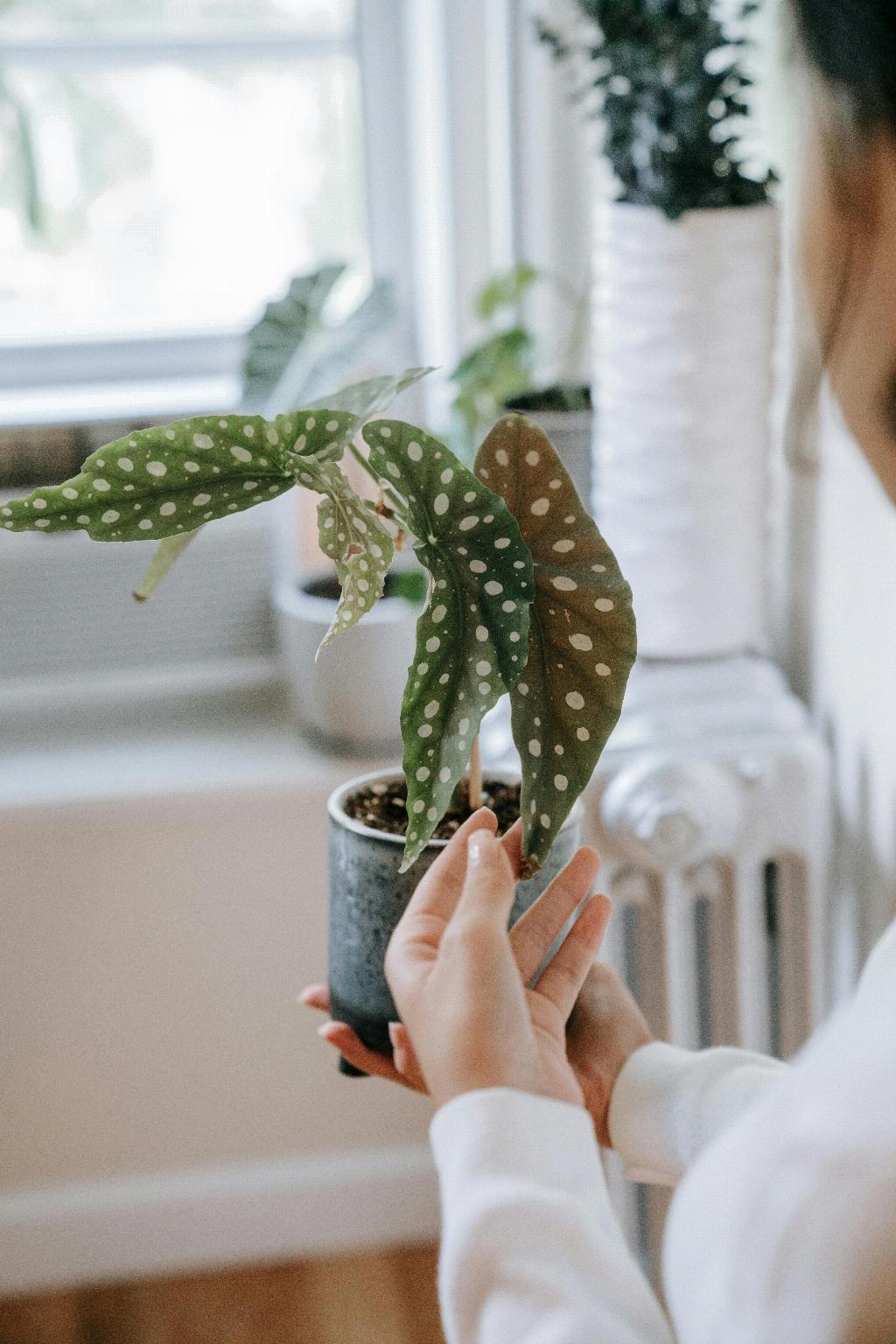When it comes to maintaining begonias, one common question that often arises is whether or not deadheading is necessary. In this article, we will explore the topic of deadheading begonias to provide you with valuable insights on how to care for these beautiful flowering plants.
What is Deadheading?
Deadheading is the process of removing faded or withered flowers from plants. By deadheading, you can promote continued blooming and maintain the overall appearance of the plant.
The Importance of Deadheading Begonias
While most begonias do not necessarily require deadheading for their survival, removing old flower stems can enhance the aesthetic appeal of the plant. Deadheading helps redirect the plant’s energy from seed production to new flower growth, resulting in a more vibrant and healthy appearance.
Benefits of Deadheading Begonias
Deadheading begonias can lead to prolonged blooming periods, stimulate new growth, and prevent the plant from expending unnecessary energy on seed production. This practice can also help prevent the plant from looking unkempt and encourage a more compact and bushy growth habit.
How to Deadhead Begonias
To deadhead begonias, simply pinch or snip off faded flowers along with their stems using sharp scissors or pruners. Be sure to cut just above a leaf node to encourage new growth. Regular deadheading throughout the growing season will ensure continuous blooming.
When to Deadhead Begonias
It is best to deadhead begonias regularly as soon as the flowers start to fade. By removing spent blooms promptly, you can encourage the plant to produce new flowers and maintain a tidy appearance.
Common Mistakes to Avoid When Deadheading Begonias
One common mistake to avoid when deadheading begonias is cutting too close to the main stem, which can potentially damage the plant. It is essential to be careful and precise when removing faded flowers to promote healthy regrowth.
Conclusion
While deadheading begonias may not be a strict necessity, it can significantly benefit the overall health and appearance of these lovely plants. By taking the time to remove faded blooms, you can enjoy a more vibrant and flourishing display of flowers in your garden or indoor space.

